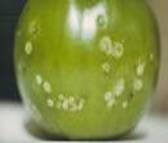 |
|||||
| Home | About Us | Success Stories | Farmers Association | Farmers' Innovation | Publications | Contact | |||||
Horticultural crops :: Fruits:: Plum
|
|||||
Home | About Us | Success Stories | Farmers Association | Publications | Contact Us © 2015 TNAU. All Rights Reserved. |
|||||
